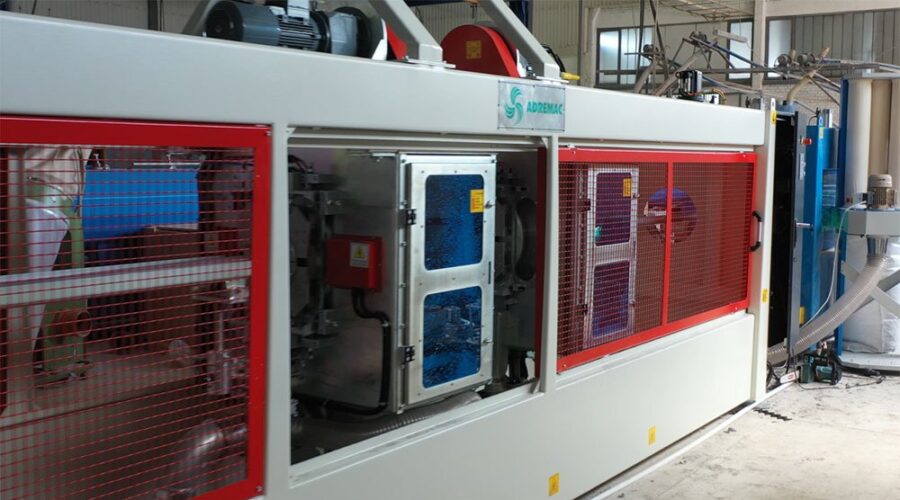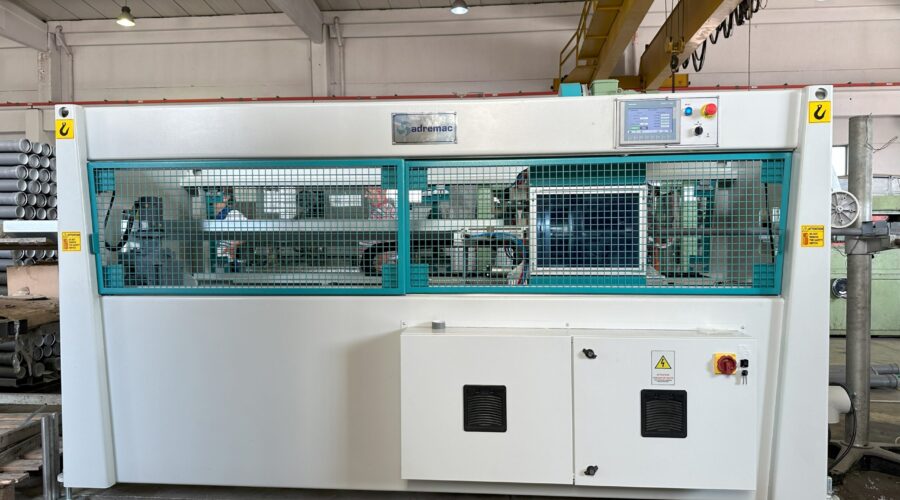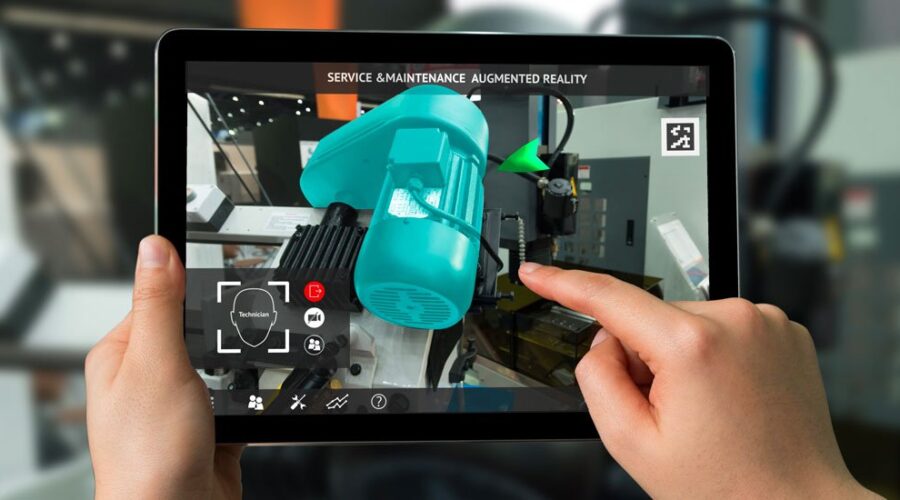The extrusion process in plastics is a widely used manufacturing method for producing continuous plastic profiles, such as pipes, sheets, films, and more. This process involves melting plastic raw materials and forcing them through a specialized tool called a die, which shapes the molten plastic into a desired profile.
Steps in the Plastic Extrusion Process:
- Raw Material Feeding: The process begins with feeding plastic pellets, granules, or powder into the hopper of the extrusion machine. These materials are typically thermoplastics like PVC, PE, PP, or PET.
- Melting the Plastic: The raw materials are heated as they move through the barrel of the extruder. A rotating screw pushes the material forward while heating elements melt it down to a molten state.
- Extrusion Through the Die: Once the plastic is fully melted, it is forced through a die. The die is designed to shape the molten plastic into the desired form, whether it’s a tube, sheet, or any other continuous profile.
- Cooling: After exiting the die, the plastic profile is immediately cooled, typically using water or air. This solidifies the shape of the extruded product.
- Cutting and Finishing: Once cooled, the extruded plastic can be cut to the desired length and further processed if necessary. This step may include trimming, printing, or other post-processing methods.
Benefits of the Extrusion Process:
- Cost-Effective: The extrusion process allows for the production of long continuous shapes, minimizing waste.
- High Efficiency: Extrusion is a fast and efficient process, especially for large-scale manufacturing.
- Versatility: It can produce a wide variety of plastic products, from pipes and films to custom profiles.
The extrusion process is critical in industries such as construction, automotive, packaging, and consumer goods due to its ability to produce high-quality and consistent products.




